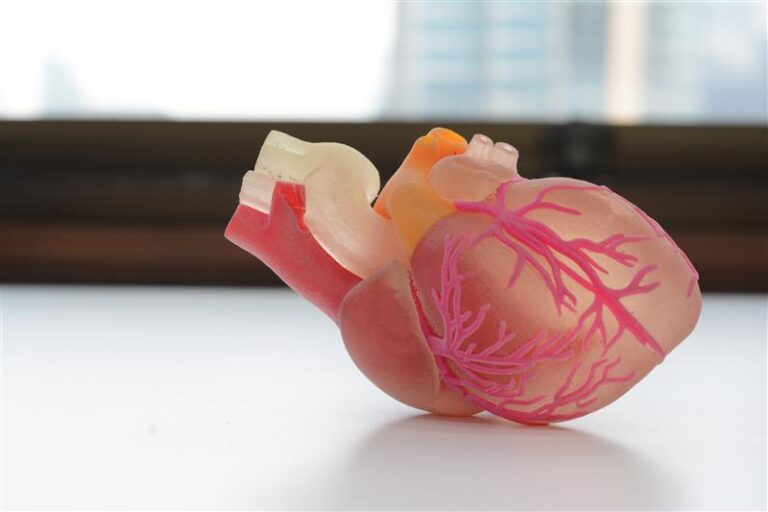Biomaterials and Their Integration with 3D Printing: Towards Functional Organs

19 de May de 2025
The combination of biomaterials and 3D printing has opened a new frontier in regenerative medicine, where technological advancements are bringing us closer to the fabrication of functional organs. This interdisciplinary approach merges tissue engineering, bioprinting, and the development of innovative materials to enhance patients’ quality of life.
Biomaterials play a crucial role in this process, as they must mimic the mechanical, chemical, and biological properties of the original tissue. These materials include natural polymers like collagen or gelatin, as well as synthetic compounds designed to provide structural support and biocompatibility.
In 3D bioprinting, a “bio-ink” composed of living cells mixed with these biomaterials is used. This mixture is printed layer by layer to build complex structures, such as cartilage, skin, or more advanced tissues. The precision of 3D technology allows for the recreation of cellular patterns that remarkably replicate the architecture of human tissues.
Although the creation of fully functional organs remains a challenge, significant milestones have been achieved. For example:
- Functional Tissue Models: 3D printing has enabled the production of skin for grafts, cartilage for facial reconstruction, and prototypes of blood vessels. A standout example of this technology in action is Airmony, a company that has successfully integrated 3D printing into the production of innovative medical devices. These devices are not only disruptive in design but also offer personalized solutions that improve patients’ quality of life.
- Partial Organs: Structures resembling kidneys or livers have been developed for pharmacological testing, advancing medical research while reducing the need for animal experimentation.
The integration of biomaterials with 3D printing is bringing us closer to a dream once thought unattainable: manufacturing personalized functional organs for each patient. As research progresses and technologies improve, we will be able to offer more effective and accessible solutions for those in need of transplants or regenerative treatments.



